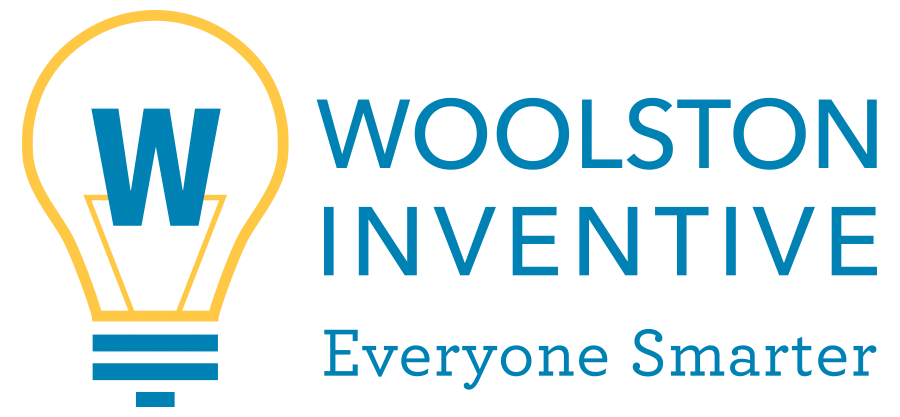UTPB: Using the Right Language
- pjwoolston
- Jan 17
- 3 min read
Updated: Feb 21
Situation
In the present era, there is a great questioning of the value of a college education, especially related to the ever-increasing cost. Where recently this has become a wider public concern, it has always been an issue, particularly evident in locations where the college-going culture has not been as strong for widely varying reasons often related to the economy and the opportunity costs associated with college education over work (or more work, for the many students who still work while attending college). The other side of that value question is the cost of education, and in the situations and locations mentioned here, especially rural locations with a wider socioeconomic scale, the cost alone is enough to be a prohibitive barrier. This is especially problematic given the net cost of college to any given student and the fact that very few students pay the published cost. Essentially then, the necessity for transparency and the publication of the cost of tuition serves as a sort of anti-marketing, undermining recruitment efforts and discouraging prospective students from even applying and receiving a financial aid package. This is especially ironic because, with the financial need in the area, financial aid in the form of gift aid (grant and scholarship that does not need to be paid back like student loans) often covers the entire cost of college for the majority of applicants.
Solution
We wanted to convey the idea that college can be free for most students, or in other words, that the amount of gift aid that students would receive will often equal or exceed the actual cost of tuition. Knowing that we would be hard-pressed to convey this succinctly in written form and appreciating that a picture is worth a thousand words, we decided to capture and convey the idea in a simple bar chart, accompanied with the requisite detail and disclaimers that we knew all parties would want included (more information for those who were interested, caveats for those who wanted to be sure that we were accurately conveying the information). At the same time, we wanted to recognize that different people would find themselves in different situations.
We published a simple rack card that we could distribute widely in person, leave out in strategic locations for convenient pickup, and for which the actual content (especially the picture!) could be re-purposed in any number of ways for digital messaging. The double-sided format gave us the intuitive approach of profiling two distinctively different situations:

Because we served so many Hispanic and Spanish-speaking families in the region, we translated the content and published an equivalent version in Spanish.

Success
This piece proved to be immensely popular beyond the original intended scope. We found wide distribution opportunities as intended, but also among the influencers that we were recruiting to recruit for us. For instance, school counselors found our production to be incredibly helpful in their efforts to raise the college-going culture among their students, and requested entire stacks that they could share with their students, essentially both recruiting for us and every other university as more students became college-bound. In addition, campus leadership found great use in the piece as they promoted the value of the work of the university throughout the community and with the rest of the university system.
Of course the most evident and important indicator of success is the enrollment growth the university experienced, with a record incoming freshman class that exceeded the previous record by 13% (and the previous class by 10%), including record levels of student diversity, attributable in some part to this message and the effective medium through which we conveyed it.



